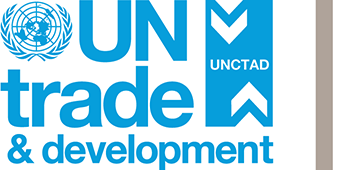Wellcome Foundation Ltd v Commissioner of Patents (New Zealand Court of Appeal NZCA 137/81 [1983])
In this decision from 1983, the New Zealand Court of Appeal considered methods of treatment of humans to not constitute patentable inventions.
